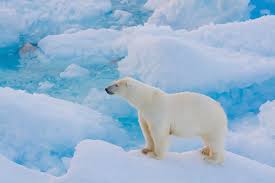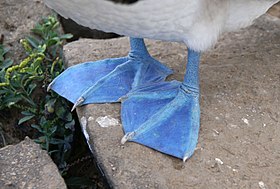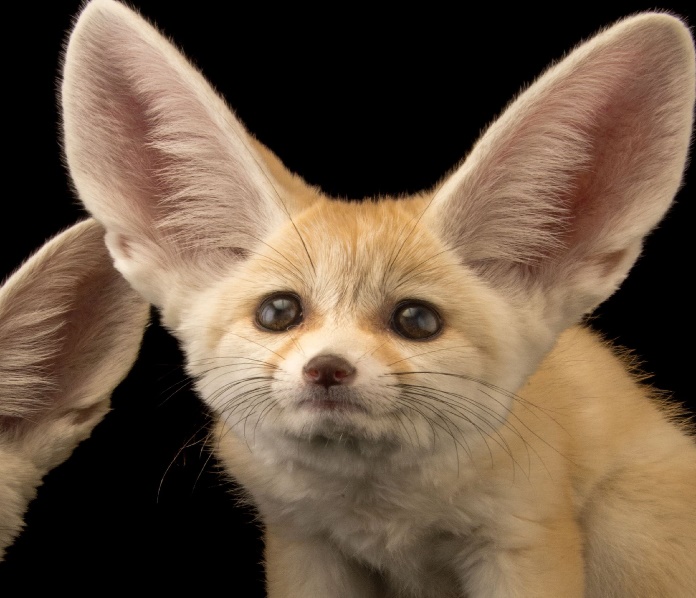Adaptation is the evolutionary process by which organisms become fitted to their environment as a result of natural selection. Natural selection acts upon organisms over several generations enabling them to develop adaptive traits with a role in these organisms. Such traits enable organisms to fit into their specific environment.
Types of Adaptations
There are three main types of adaptation based on how organisms express genetic changes. These are structural, behavioral, and physiological adaptation.
Structural Adaptation.
The environment in which an organism lives shapes its structural appearance. Various structural adaptations occur in organisms to help them survive a particular environment. Examples include thick fur in mammals to survive cold climates and fins to swim in aquatic animals. Cryptic animals camouflage with their environment, for example, the polar bear which usually blends with the ice. Other adaptations are for evasion of predators, for example, large flight muscles.

Image: Polar bear
Behavioral Adaptation
These are adaptations that affect how an organism acts. Careful field and laboratory studies are taken to observe and identify this type of adaptation. The most common characteristic traits in behavioral adaptation include migration and courtship. Migration enables animals to flee a threat or move in search of food while courtship is where animals develop certain behavioral patterns to find a mate and reproduce. Another example is how most desert animals are active at night when the temperature is low.
Physiological Adaptation
These adaptations are based on body metabolism and chemistry. The most common psychological adaptations are hibernation and estivation. In these inactive states, the metabolism rate slows down so the animal can survive without food and water. Efficient kidneys in desert animals and the presence of toxins in leaves to repel herbivores are also physiological adaptations. Laboratory and microscopic studies conducted on the animal fluids and tissues are necessary to identify physiological adaptations.
Examples of Adaptations in Animals
Aquatic Adaptation
Fish and aquatic mammals have fins and flippers which have evolved as adaptations to survive in water. The membranes in amphibian’s feet and webbed feet in birds also enable them to fit the aquatic environment.

Temperature Adaptation
Animals accumulate a lot of fat under the skin as an adaptation to cold climates. Am=nimals that live in cold regions have shorter ears, tails, and appendages compared to animals in heat areas to preserve heat. In warmer regions, animals have larger appendages; for example, large ears in the fennec fox help cool the body.

Image: Fennec fox.
Light-bases Adaptation
Nocturnal animals have eyeballs which have developed to enable them to see at night. At night, these animals need this ability to escape predators and find food. Other animals such as the mole have eyes which are covered because they spend time underground; thus, no use for their eyes.
Limits to Adaptation
There are limits to the abilities of the animals to adapt to their environment. Many adaptations do not occur naturally anymore due to human activities. Humans are exerting an influence in the world that changes adaptive traits in higher levels than natural selection. The number of species is a key factor in adaptation, but humans have killed some species to near extinction; thus, many struggle to return to a large number. Climate change is also making it difficult for animals to adapt to rapidly changing climates.